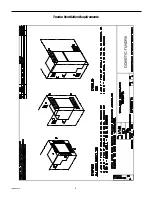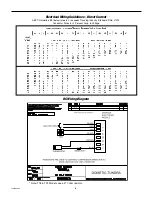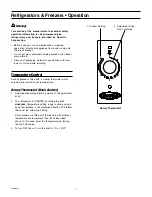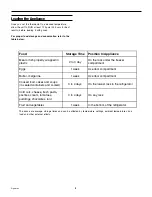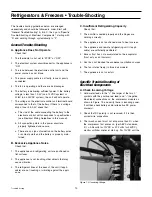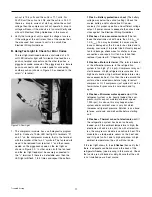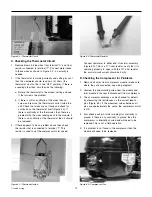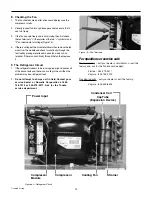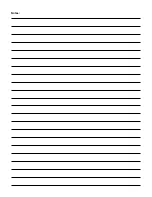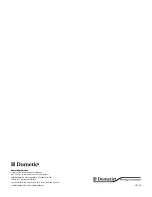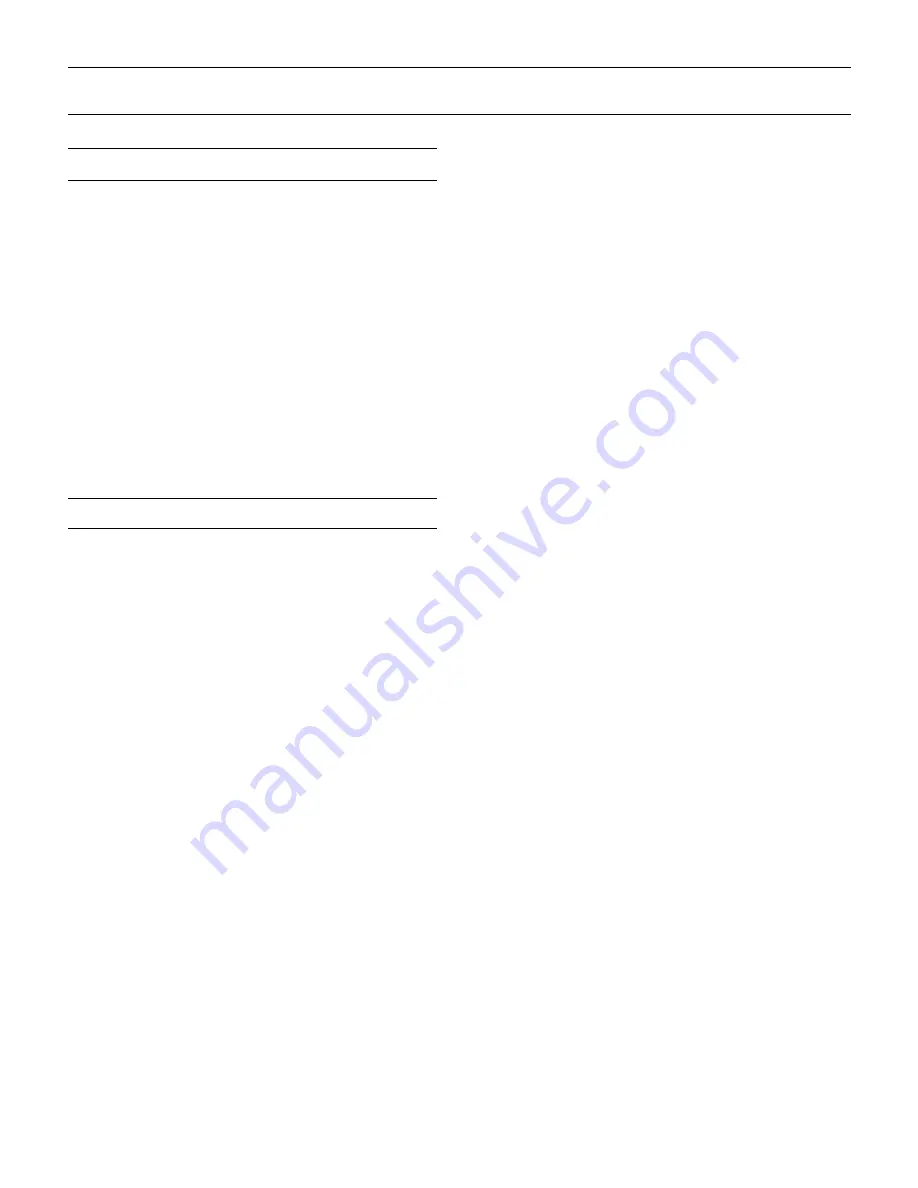
9
Maintenance
Refrigerators & Freezers • Maintenance
Defrosting
Defrosting should be carried out whenever the frost layer
exceeds a thickness of 1/8 inch. This is necessary to
guarantee efficient refrigeration and to avoid excessive
power consumption. Excess frost buildup will affect the
appliance’s performance.
To completely defrost, turn the appliance OFF. Keep the
door/lid open to minimize the defrosting time.
Do not attempt to remove the frost layer using any sharp
metal instruments. This could pierce the appliance plate
and cause irreparable damage to the appliance. Use warm
water or a hair dryer to melt frost.
After defrosting, dry the entire interior surfaces, and then
turn the appliance ON.
Cleaning
Before cleaning, disconnect the appliance from the power
supply. If necessary, remove the plug from the power
socket.
Cleaning the Exterior
Clean the exterior with warm and then with cold water. Dry
with a soft cloth. Avoid use of abrasive products.
Cleaning the Interior
Remove racks, containers, and ice trays. Clean the interior
using warm water mixed with baking soda or vinegar. Rinse
and dry carefully with a soft cloth. Do not use abrasive
products, detergents or soap. In the case of prolonged
disuse, to avoid the formation of mold or unpleasant odors,
remove plug from socket, empty the unit completely, clean
the interior, and leave the door/lid ajar.
Cleaning the Condenser
Clean the condenser at least once a year using a vacuum
cleaner or dry brush. Do not clean with sharp objects.




